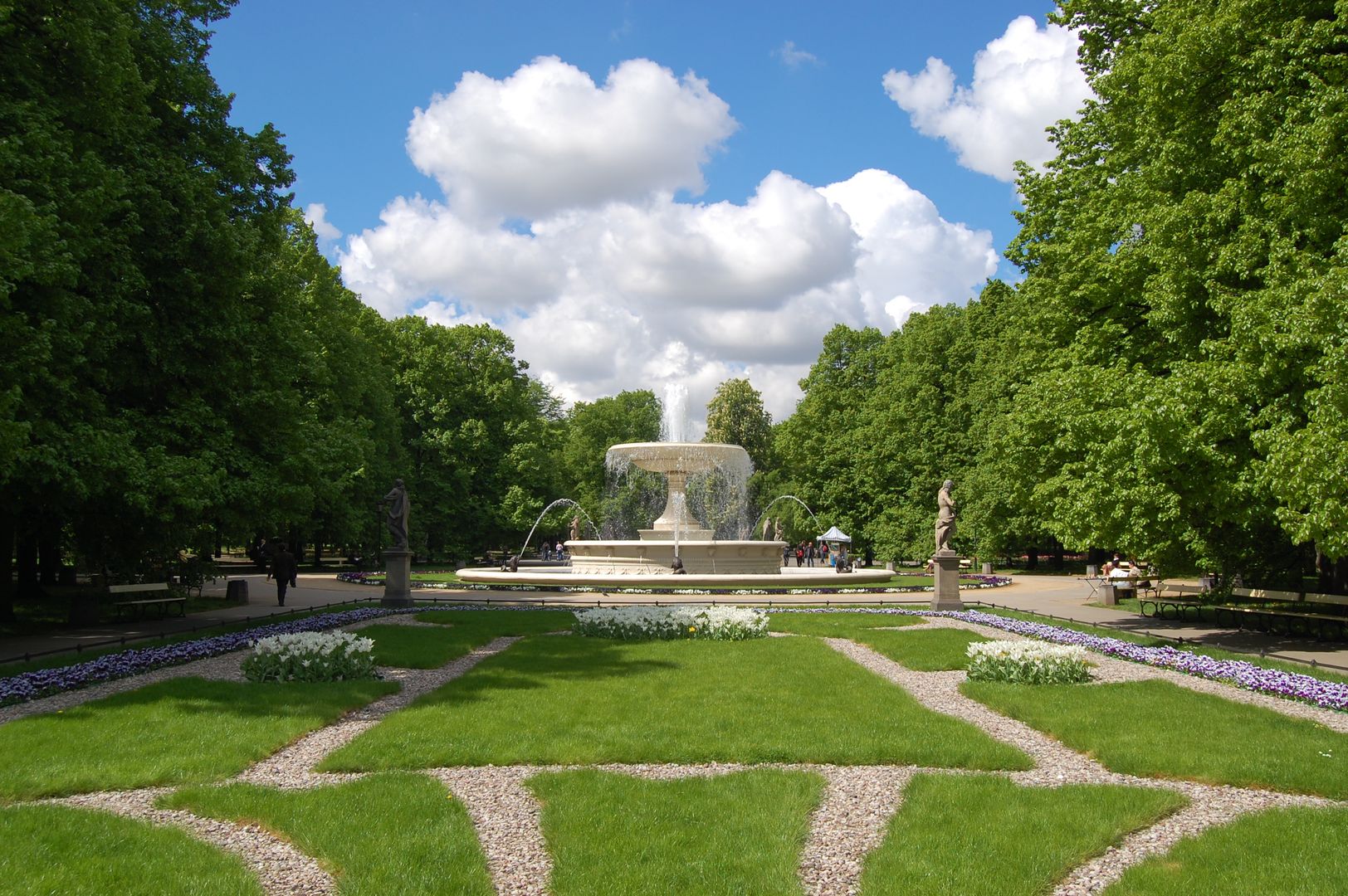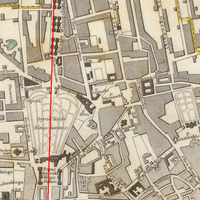Saxon Garden in Warsaw
6.05

Overview
The Saxon Garden in Warsaw is the first public urban park in Poland, located in the city center, along the Saxon Axis. It was established between 1724 and 1748 for King Augustus II the Strong as a geometric French-style garden, designed by Matthäus Daniel Pöppelmann and Zacharias Longuelune. After devastation during the Kościuszko Uprising and subsequent transformations in the English style, largely influenced by James Savage, the park acquired a new character between 1816 and 1827. The garden quickly became a favorite leisure spot for Warsaw residents. In the 18th century, concerts by the Janissary band were held here, and in 1847, the Mineral Water Institute was established, reinforcing the Garden's status as Warsaw's social salon. In 1855, the city water supply system was launched, and a water reservoir modeled on the Roman Temple of Vesta was placed in the park. In the 19th century, entry rules were introduced, restricting access to appropriately dressed individuals and excluding unaccompanied children. Revitalized after World War II, the park is distinguished by its rich tree cover, including horse chestnuts, linden trees, and oaks. Key features include Baroque sculptures, an Empire-style fountain, the water reservoir, a pond, a sundial, and the Tomb of the Unknown Soldier. In 2023, a planned investment related to the reconstruction of neighboring palaces involved the necessity of cutting down or relocating nearly 150 trees in the Garden. The Saxon Garden forms a unique space that combines rich history, architecture, and culture, remaining an important landmark in Warsaw's life.
Location
Tickets
Powered by GetYourGuide
You can also find here:
2025 Wizytor | All Rights Reserved

